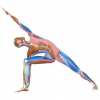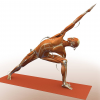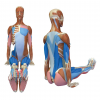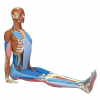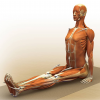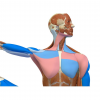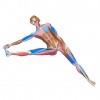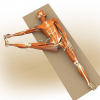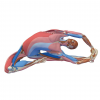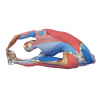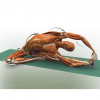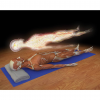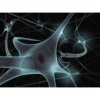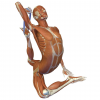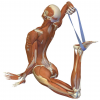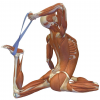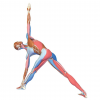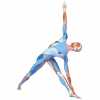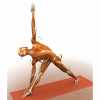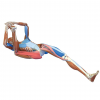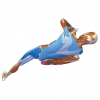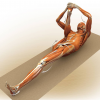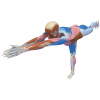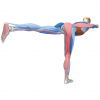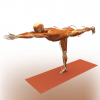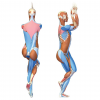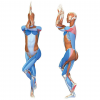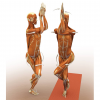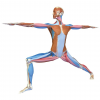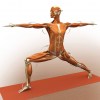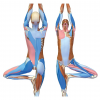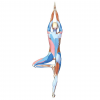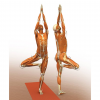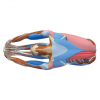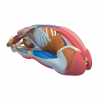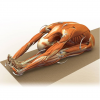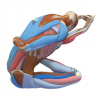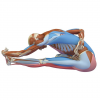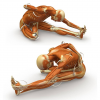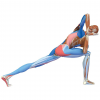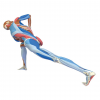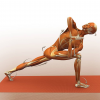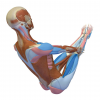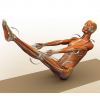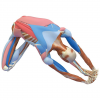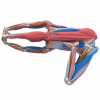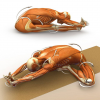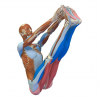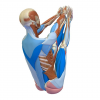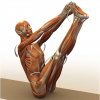spliffendz
Well-Known Member
Padmasana - Lotus Pose
.
Try This!... Dorsiflex the foot at the ankle to hook it onto the thigh. The tibialis anterior and toe extensors activate to create this action. Slightly evert the ankle as well by contracting the peroneus longus and brevis muscles on the lower side of the leg. This aids to protect the ligaments on the outside of the ankle from overstretching. Then balance eversion with a slight inversion force by activating the tibialis posterior. Note how these muscles combine to dynamize the longitudinal foot arch, as shown. Repeat on the other leg.
.
Basic Joint Positions
.
• The hips flex, abduct, and externally rotate.
• The knees flex.
• The ankles plantarflex.
• The feet evert.
• The trunk extends.
• The shoulders flex and externally rotate.
• The elbows flex.
.
Happy practicing : )
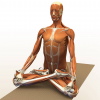
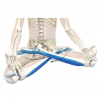
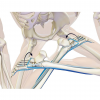
.
Try This!... Dorsiflex the foot at the ankle to hook it onto the thigh. The tibialis anterior and toe extensors activate to create this action. Slightly evert the ankle as well by contracting the peroneus longus and brevis muscles on the lower side of the leg. This aids to protect the ligaments on the outside of the ankle from overstretching. Then balance eversion with a slight inversion force by activating the tibialis posterior. Note how these muscles combine to dynamize the longitudinal foot arch, as shown. Repeat on the other leg.
.
Basic Joint Positions
.
• The hips flex, abduct, and externally rotate.
• The knees flex.
• The ankles plantarflex.
• The feet evert.
• The trunk extends.
• The shoulders flex and externally rotate.
• The elbows flex.
.
Happy practicing : )




